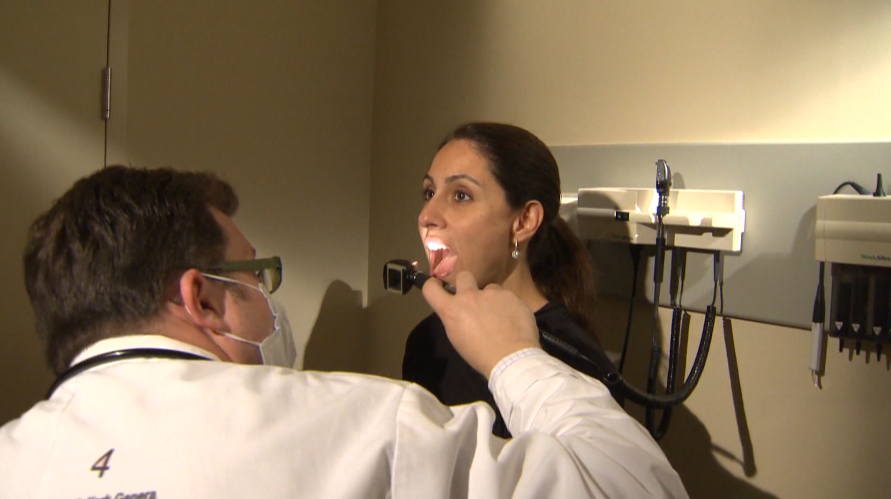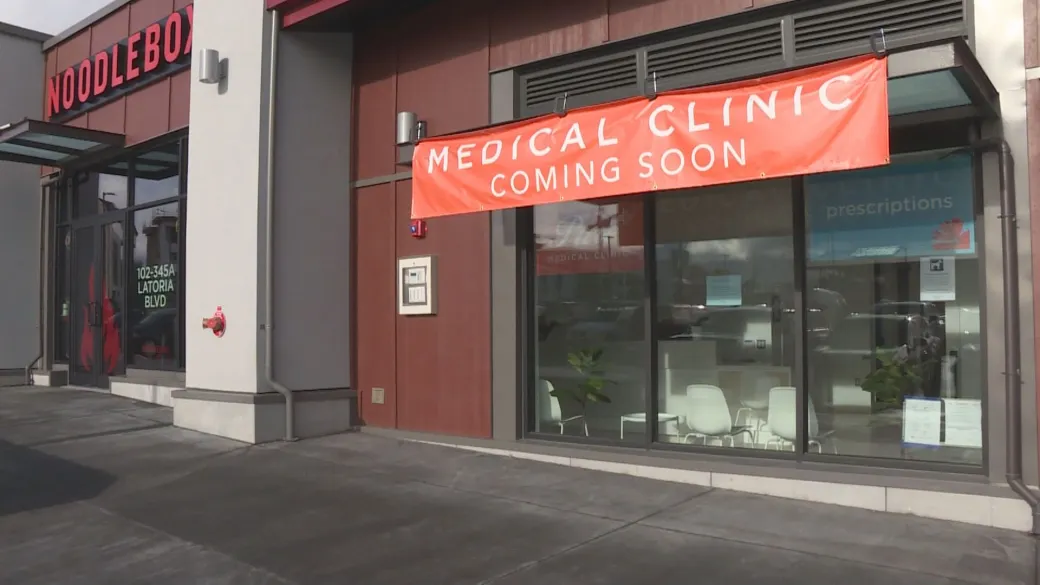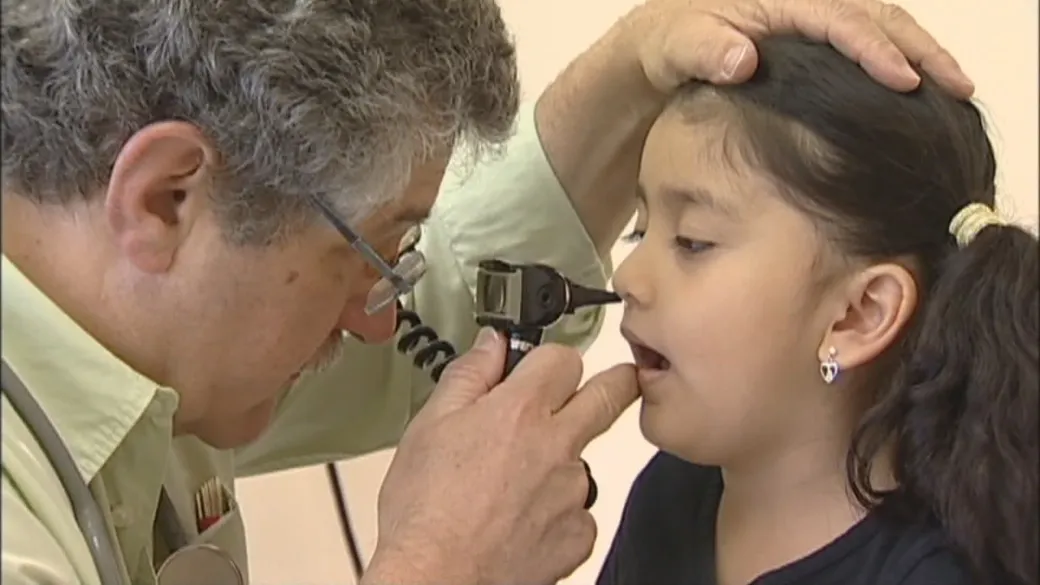

The ongoing shortage of family doctors is driving many people to seek treatment in emergency rooms, even when their cases could be better managed through primary care, according to new data

The Canadian Institute for Health Information (CIHI) says between April 2023 and March 2024, 15 per cent of visits to Canadian emergency rooms could have been managed through a primary care provider.

In B.C., the figure was 12.2 per cent, a number CIHI project lead Julia de Bella said underestimates the problem because data from the province excluded people who left the ER before getting treatment.
“What we believe this indicates is unmet needs in access to primary care,” she said.
“A lot of people face challenges in accessing primary care, so when nothing else works, often you do have to go to the emergency department.”
It found the average wait to see a doctor in a B.C. ER was 3.4 hours, though de Bella said patients waiting to be seen for non-urgent issues tend to wait much longer than others.
She said the problem is magnified when the data is viewed from rural and remote communities and for children under the age of nine, where the percentage of visits for conditions that could have been handled by primary care was “almost double.”

What’s more, de Bella said nine per cent of all the ER visits reviewed were due to a condition that could potentially have been managed through virtual primary care.
For the purposes of the study, the review included doctors, nurse practitioners, psychologists, physiotherapists and dentists among other health-care workers.
Family physician and chair of B.C. Family Doctors, Dr. Tahmeema Ali, said the province was making strides in recruiting and talent.
She said the province has added 800 new physicians since it implemented its new family doctor payment model.
But she said ensuring access remains a problem.

“When over 60 per cent (of family doctors) say additional paperwork affects their mental health in a challenging way, we need to come up with solutions.”
“We need to come up with solutions so family doctors have more hours in the day, and one way to do that is to decrease the administrative burden.”
Premier David Eby argued his government was making progress in addressing access to primary care, saying the province had connected 123,000 people with a doctor through the Health Connect registry between April and October.
He said new Health Minister Josie Osborne is also being empowered to implement changes to address pressure on the province’s ERs.
“So you are going to see this shift from the more cooperative, collaborative approach with the College of Physicians to a more directive approach,” he said.
“We need to approve immediately anyone who is licensed to practice as a nurse or doctor across Canada to work in B.C., we need to make sure that internationally trained doctors from similar jurisdictions are approved within six weeks, we are going to require them to do this.”
Eby said the province also aims to cut red tape that prevents doctors and nurses from moving between ERs throughout the province which could delay or prevent them from taking a shift that could keep the department open.
De Bella said that while the CIHI research points highlight challenges and some potential solutions to the primary care crisis, the issues plaguing crowded emergency rooms remain deeper and more systemic.


